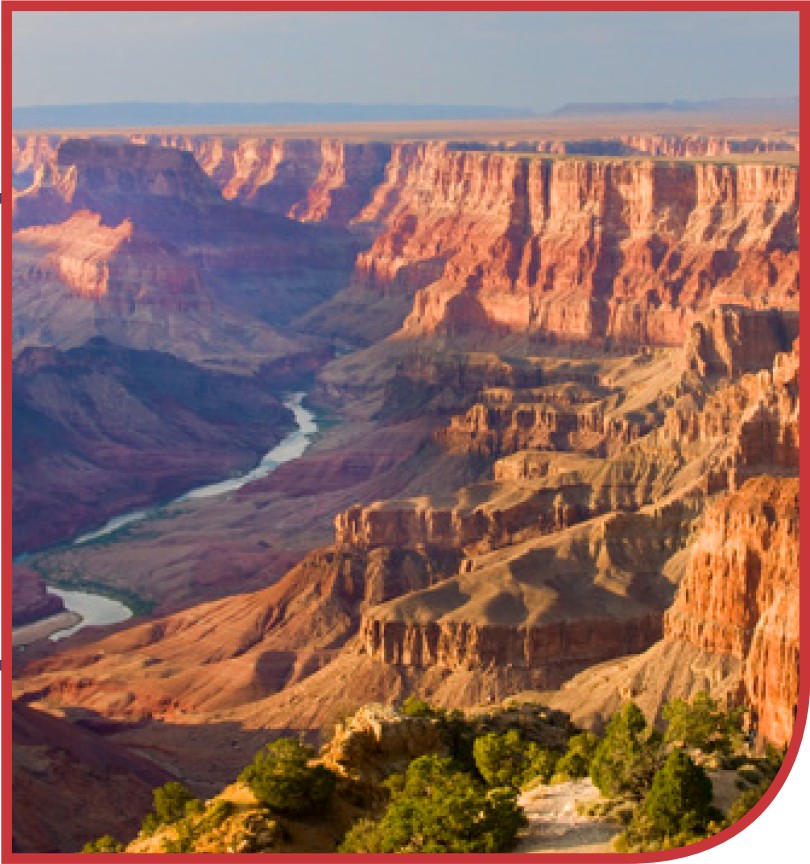
|
SCI-103
ESSENTIALS OF EARTH SCIENCE
3 Credits
|
This course is a part of:
Associate's Degree Program
Bachelor's Degree Program
Essentials of Earth Science covers a variety of scientific disciplines that relate to the composition of the Earth, its dynamic nature and its position in space. The course first covers the composition of the surface of the Earth itself, including minerals and rocks and the weathering, erosion and deposition that shapes the surface of the Earth. The course then shifts to a discussion of the dynamic Earth and earthquakes and volcanic activity. The course moved then to meteorology, including weather, air masses, precipitation, fronts, etc. Finally, the course surveys climate, climate change and the impact of human activities on the Earth’s climate.
Course Learning Outcomes
At the completion of this course, the student should be able to:
- Apply the scientific method and conduct scientific inquiry and gathering of data
- Describe the structure of the Earth’s interior and explain how different layers are identified
- Identify the composition of various types of rocks and minerals
- Explain the processes of weathering and erosion and its impacts on surface features
- Identify the roles of various agents of erosion, including running water, glaciers, wind, etc.
- Relate plate tectonics and the dynamic earth to earthquakes, volcanoes and the formation of mountains
- Interpret data relating to earthquakes such as p and s waves and Richter scale values
- Explain the structure and composition of the atmosphere, including its other features, such as temperature, air pressure and moisture
- Identify the effects of air pressure, temperature, wind and other meteorological date on weather and weather patters
- Interpret the effects of air masses moving air masses and fronts on weather and on weather disturbances such as hurricanes and tornadoes
- Describe the characteristics of various types of climates
- Discuss the impact of human activity on the weather and climate on Earth, including the concepts of greenhouse gas emission and its effect on global climate